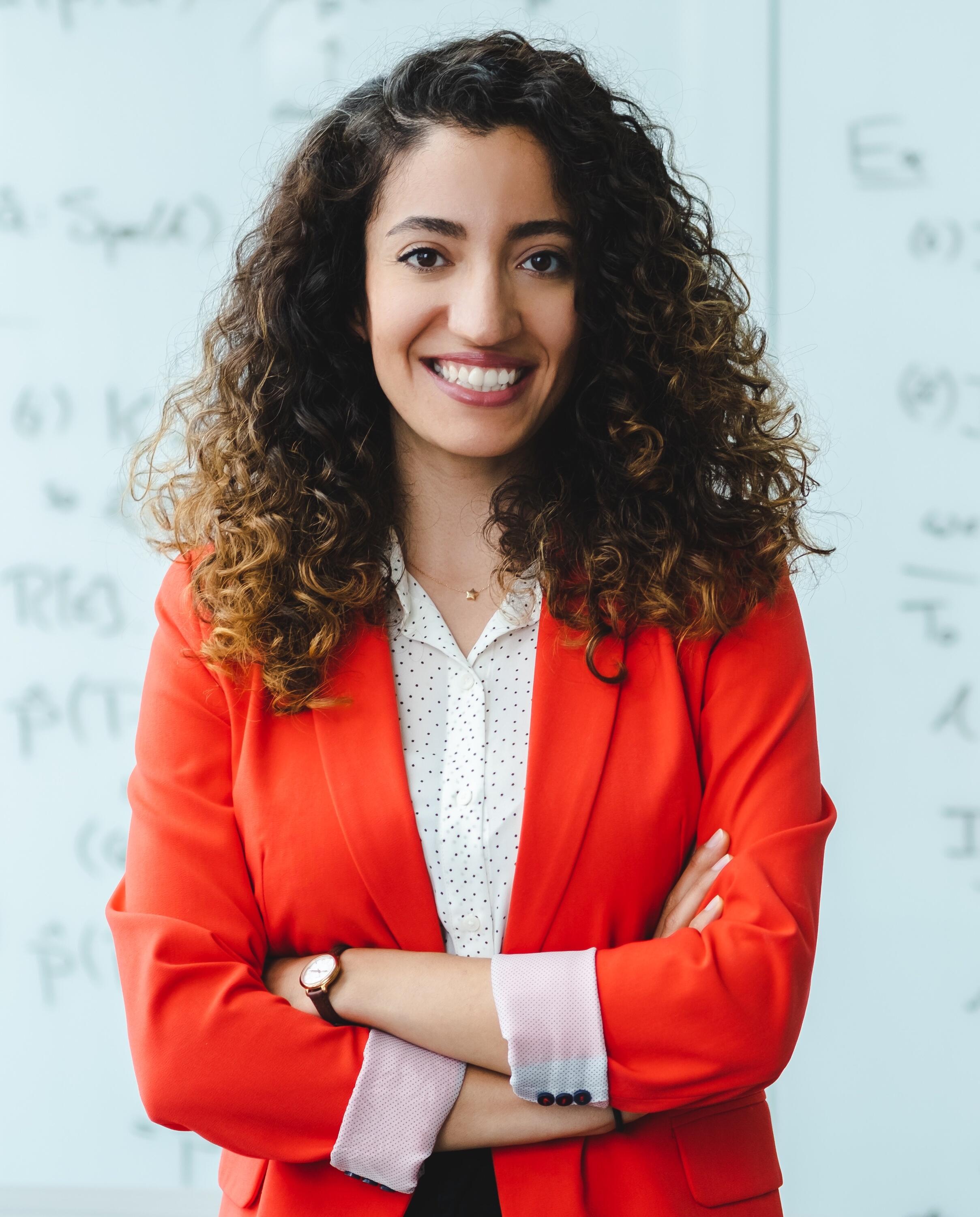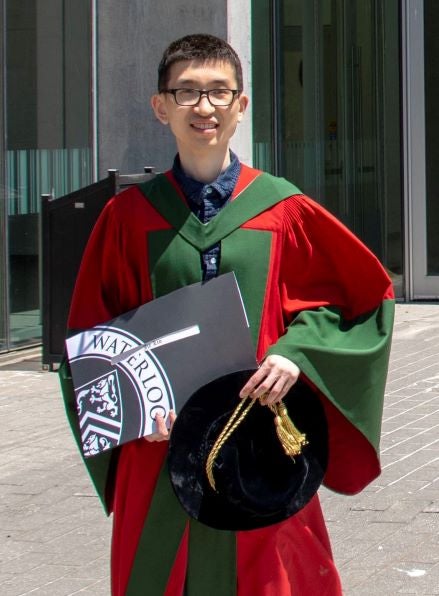Congratulations Kimia and Jie!!
Kimia Mohammadi


“My master’s research was on building a custom-designed telescope to be used as a quantum optical transmitter and receiver for free-space quantum communications under the supervision of Dr. Thomas Jennewein and my advisory committee members, Dr. Norbert Lütkenhaus and Dr. Kevin Resch. I did my undergrad in “Engineering Physics” at the University of Tehran in Iran and moved to Canada in Jan 2019 to start my master’s in “Physics-Quantum Information” at the Institute for Quantum Computing (IQC). I joined Dr. Thomas Jennewein’s group in the 4th term of my master’s in Jan 2020 to study experimental free-space quantum key distribution (QKD). In Canada, Quantum Encryption and Science Satellite (QEYSSat) mission works towards establishing ground-to-satellite quantum links and enabling long-distance communications, through the collaboration of the Canadian Space Agency (CSA) with multiple Canadian and international science teams. Dr. Jennewein is the science lead of this mission, and his group has been working on designing the systems, building prototypes and taking the project through several phases successfully. My role in this mission was to build our Quantum Optical Ground Station (QOGS) telescope to test QKD protocols and communication schemes once the QEYSSat is launched in 2024. The idea of building a custom-designed telescope came from the fact that purchasing a commercial one was out of the option due to several reasons. Firstly, commercial telescopes are mostly designed for astronomical purposes and do not have the required performance for optical communications. For instance, both quantum and classical optical links require a specific wavelength range in the NIR but astronomical telescopes are designed to have high transmission and minimum optical aberration in the visible range. Secondly, due to the complexity of manufacturing big lenses, large aperture telescopes are often reflective. But the secondary mirror of the reflective telescopes blocks some portion of the transmitted beam, hence increasing the link loss which is not favourable when working with low-power beams. More importantly, as we use polarization-encoded photons as the qubits, the optics of the telescope must have minimum birefringence effects and preserve the polarization of the transmitted beam. Therefore, my thesis research was set to design a refractive telescope that overcomes the issues of commercial ones and implement a pair of motorized tip/tilt mirrors to automate the alignments and calibration of the system. Also, we developed a model to simulate the atmospheric turbulence and optics imperfections to optimize the lens specifications for both the high performance of the telescope and the manufacturing costs. Finally, the designed lens got fabricated by an optical manufacturer; the mechanical parts got built at the Physics machine shop based on the provided CAD designs or purchased commercially, and all parts got assembled in our lab and passed the preliminary tests for installation in our dome on the roof of RAC (Research Advancement Center) building. Despite the recent pandemic and shutdown of the university labs and companies, the telescope was built and characterized successfully over 4 terms. This couldn’t have happened without the strong support of my supervisor, my research group and of course the emotional support I had from my family and friends.
After graduation, I continued my collaboration with Dr. Jennewein as a research associate and I’ll pursue my PhD studies in his group in Winter 2023. Currently, my colleagues and I are developing our coarse and fine pointing mechanisms for satellite tracking and preparing our QOGS for performing QKD with QEYSSat as well as many fundamental free-space quantum experiments. The novelty of this field is quite appealing to me and motivates me to combine the existing knowledge with our creativity and expertise to bring the theories into life by implementing them experimentally and achieve the quantum technology required for having a global quantum network in future.”
 Jie
Lin
Jie
Lin

My PhD thesis work was on the theoretical side of quantum key distribution (QKD) toward more practical and cost-effective implementations. The theory work done in my thesis included various proof methods to ease the analyses of different protocols as well as analyzing a couple of protocols with different practical advantages. As our techniques can help analyze QKD protocols in practical settings, I hope the works done by me and my coauthors can help make some QKD protocols become cost-effective solutions to distributing secret keys in the future quantum networks.
I am currently a postdoctoral fellow at the University of Toronto and Quantum Researcher at Quantum Bridge Technologies, a startup (spin-off from the University of Toronto) aiming to build the Quantum Internet. I am currently working on research projects that eventually will help build an all-photonic quantum repeater as quantum repeaters are needed in the Quantum Internet to enable quantum communication over long distances.